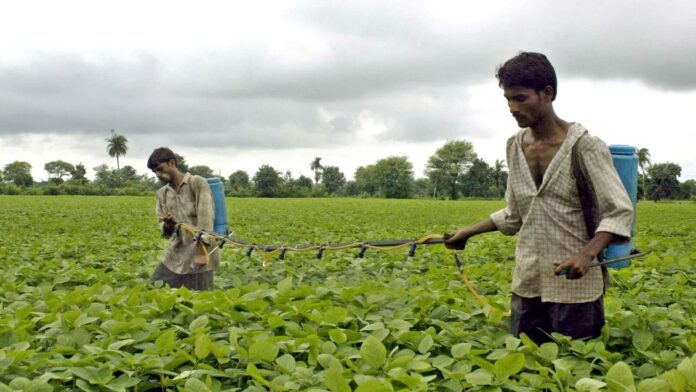By linking digital farmer IDs with land and crop data, the government can track what is sown, where, and by whom, prevent overuse of fertilizers, eliminate fake beneficiaries, and align support payments with actual cultivation. Officials say the reform could make India’s farm subsidy system more efficient, data-driven, and transparent.
The Centre plans to onboard the ministries of chemicals and fertilizers; consumer affairs, food and public distribution; and fisheries, animal husbandry and dairying on the AgriStack platform, said a senior government official.
Developed by the ministry of agriculture and farmers welfare, AgriStack is a digital public infrastructure (DPI) project with three foundational registries—farmers, geo-referenced village map and crop sown—which help answer the three key questions of who farms, where the land is, and what crop is grown on it. By assigning each farmer a unique digital ID, AgriStack can help with accurate tracking of subsidies, credit, insurance and procurement services.
The government reported that over 73.7 million farmers’ IDs have been created so far, while 558,000 villages have been geo-referenced of the 654,000 villages in India. A Digital Crop. Survey (DCS) is being conducted in 440,000 villages this kharif season, of the targeted 477,000.
With digital records in place, the platform is expected to significantly curb leakages and fraud in scheme delivery, input distribution and procurement operations by ensuring recipients are correctly identified and linked to their land and crop, and by enabling real-time digital verification.
“We have initial discussion with few of the ministries and have plans to bring on board ministries of chemicals and fertilizers, consumer affairs, food and public distribution, and fisheries, animal husbandry and dairying on the platform,” said Anindya Banerjee, advisor (digital agriculture) at the ministry of agriculture and farmers’ welfare.
The move will not only help in extending the benefits of the government schemes to the farmers but would also help in curbing malpractices. For example, when a farmer’s ID, the digital land record and crop survey is in place, the government can know the exact quantum of fertilizer a farmer would need. So indiscriminate or misuse of fertilizer can be avoided.
The move looks to curb excessive fertilizer use, align domestic agricultural practices and check India’s rising subsidy burden, said a second government official. According to the official, the plan could potentially lower India’s fertilizer subsidy bill, which is ₹1.68 trillion for the current fiscal year.
Similarly, in grain procurement, only the actual farmers would get benefit of the assured minimum support price, and traders won’t be able to enter the procurement process in the guise of farmers. Currently, leakages occur due to duplicate or fake farmer identities, incorrect land records, and lack of coordination between departments.
Also, only the genuine beneficiaries will be benefitted under the Centre’s food subsidy scheme. The Centre has pegged its food subsidy bill for FY26 at ₹2.03 lakh crore. The entire food subsidy bill is set to be spent under the Pradhan Mantri Garib Kalyan Anna Yojana, under which the government supplies free food grains to the poor.
AgriStack can eliminate such pilferage by verifying farmer credentials in real time and track every rupee spent. It will also integrate with platforms such as the PM-KISAN and department of food and public distribution.
With transparent records and accountability, AgriStack is expected to curb corruption, reduce middlemen interference, and improve delivery of farm support schemes. Overall, the platform will strengthen governance and ensure that public funds intended for farmers are utilized effectively.
Some experts have raised doubts on data security and the implementation aspects of the plan. “The convergence of all information, including farmers data, on a single platform needs security. It is not clear what measures the government would apply for data protection. The envisaged profit on market seems far-fetched as the government has failed to introduce reforms,” said Sudhir Panwar, a farm expert and former member of the Uttar Pradesh Planning Commission.
fisheries,animal husbandry,Indian agriculture industry,digital push,Farm subsidy,Digital IDs,agri technology,AgriStack platform,Agri data push,digital agriculture,PM Kisan,data protection
#Govt #plans #digital #data #push #target #farm #subsidies #rationalize #fertilizer

